- Write by:
-
Saturday, October 29, 2022 - 14:50:02
-
336 Visit
-
Print
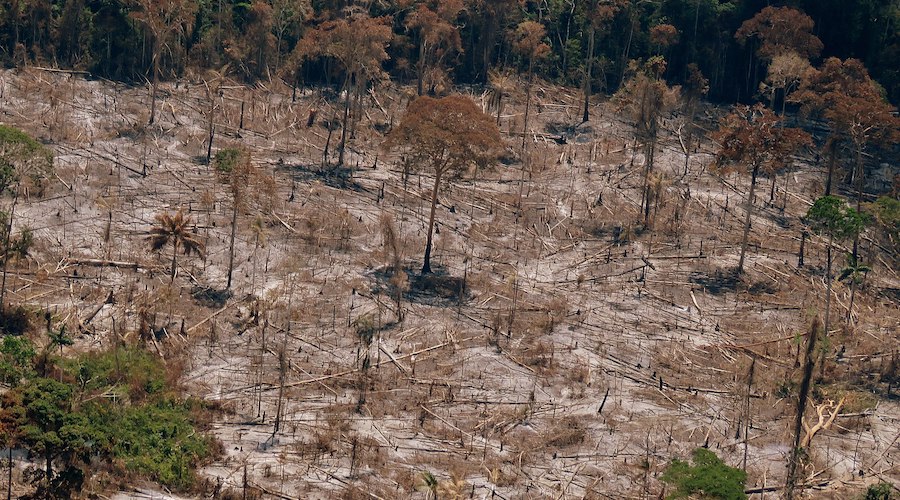
Mining News Pro - A model developed by Brazilian researchers shows that opening up protected areas in the Amazon to mining projects would lead to massive losses of forest coverage.
According to Mining News Pro - In a paper published in the journal Nature Sustainability, the scientists explain that approximately 183 square kilometres of forest would be lost to new mines while an additional 7,626 square kilometres of forest would be lost as a consequence of the direct and indirect impacts of infrastructure development.
To reach these conclusions, the research team mapped 242 mineral deposits in the National Reserve of Copper and Associated Minerals (RENCA), an area located in the northern states of Amapá and Pará. The Brazilian government created RENCA in 1984 to protect mineral assets and conduct geological research. Its total area is 47,000 square kilometres, which means that the deforestation risk corresponds to about 17%.
According to the group, opening up the area to exploration and mining would require 1,463 kilometres of new roads, which would cause deforestation estimated to be 40 times larger than what is expected from the mining operations themselves. Road construction could also lead to forest fragmentation with significant losses of biodiversity and ecosystem services.
Nine conservation units currently cover 90% of the area: two Indigenous territories, three full protection units, and four sustainable use units. The law prohibits mining in all areas within RENCA. However, the Brazilian Congress is presently debating a number of bills that would allow mining in protected areas including Indigenous territories.
“Before any changes are made to the rules with the aim of reducing conservation areas, opening up Indigenous territories to mining or allowing production in RENCA, environmental impact assessments must be conducted, not on a case by case basis but strategically,” Luis Enrique Sánchez, co-author of the study, said in a media statement. “These decisions can have implications on a regional scale. Our study shows that government policies should be subject to impact assessments.”
The researchers modelled five 30-year scenarios of mining expansion in RENCA.
In detail, they developed spatial models of land use to simulate the expansion of mining and associated access infrastructure in a total of some 250,000 square kilometres in RENCA and its vicinity (corresponding to 5% of the Brazilian Amazon).
Under one of the five scenarios for the policy of permitting mining and an increase in other human activities in RENCA, legal protection of the area as a reserve remains in force and there are no changes to conservation areas.
Under the other four, the existing legal framework is replaced by rules that (1) change the restrictions concerning Indigenous lands to allow mining and construction of access roads; (2) change the management plan for sustainable-use areas to allow economic activities there; (3) allow mining in Indigenous territories and sustainable-use areas; and (4) suspend restrictions in all conservation units throughout RENCA.
None of the scenarios led to a desirable outcome in terms of conservation, and deforestation rose to some extent in all cases, with losses of high-biodiversity areas and increased landscape fragmentation. In some cases, a long and costly road network would be required, creating additional pressure to open up more protected areas and increasing forest fragmentation.
The researchers do not specifically discuss gold mining but note that the area is known to contain several gold deposits with wildcat prospectors operating there. Thus, they believe that opening up the area to exploration, mining and infrastructure development would lead to more informal occupation in search of gold deposits.
Sánchez noted that pressure on the Amazon Rainforest is intensifying due to weak governance. “Roads and other means of access are gateways for the penetration of other activities, both legal and illegal. When governance is weak, the impact of mining multiplies,” he said.
Short Link:
https://www.miningnews.ir/En/News/622288
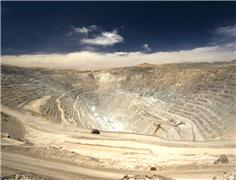
Top copper producer Codelco reported a decline in quarterly output due to lower quality ore at its aging Chilean mines — ...
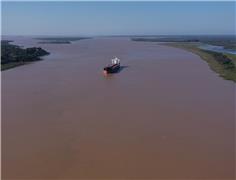
Brazil’s Corumba region could more than double iron ore shipments through neighboring Uruguay this year if there is ...
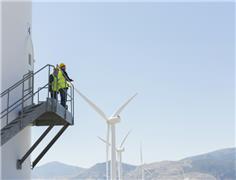
When former boss Mark Cutifani left Anglo American Plc in mid-April 2022, things had rarely looked better for the ...

Chile President Gabriel Boric said on Thursday he is targeting an increase in the country’s annual copper output by 1 ...
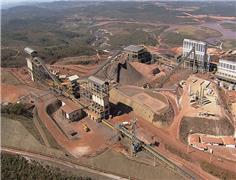
Brazilian miner Vale SA sees no impact from BHP Group’s bid for Anglo American on the latter’s Minas-Rio project, its ...
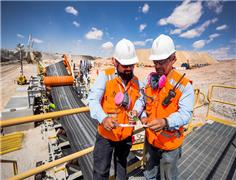
Copper miner Antofagasta Plc is holding meetings with investors this week for its first dollar bond offering in nearly ...
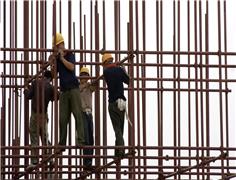
Iron ore futures were poised for a third straight weekly rise as prices largely consolidated gains on Friday, with ...
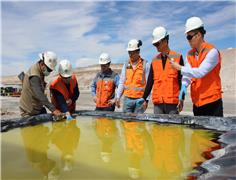
China’s Tianqi Lithium said on Thursday it has formally requested that a proposed joint venture between lithium company ...
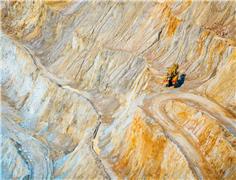
Copper needs to reach $12,000 a ton — a 20% jump from this week’s high — to incentivize large-scale investments in new ...
No comments have been posted yet ...